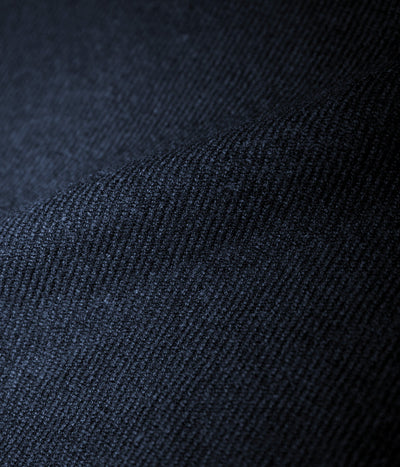
Tweed
EDITION 13
November 6th, 2019
Tweed, a thick material made of woven wool, is an exceptionally resistant textile that is perfectly suited for outdoor activities. Created to be like a barrier against severe bad weather – its solid construction ensures it is resistant to wind and water, allowing for perfect isolation – tweed was born in Scotland, where it was worn by farmers to protect themselves against heavy rain, before gaining popularity in Ireland and Britain.
The material is strongly linked to its region of production. The name “tweed” comes from both the term “tweel,” which means “twill” in Scottish, as well as the river Tweed that crosses the eastern part of the country. Each type of tweed, which can be identified by its specific woven motif, gets its name either from the region it was spun in or in reference to its origins. Harris Tweed, for example, is protected by the Harris Tweed Act of 1993, which stipulates that only tweed spun from virgin wool in the Outer Hebrides, a Scottish island chain, can bear the name Harris. Tartan tweed, on the other hand, plays on symbolic colors linked to different landscapes: a green tartan can reference a prairie or forest, blue tones nod to Scottish rivers and lakes, while shades of yellow echo the colors of wheat or cereal fields.
Over the years, tweed manufacturing spread to other countries. To create our jackets, Hervier Productions, an atelier based in Châtillon-sur-Indre in France, worked with a significantly lighter version, weighing just 350 grams per square meter – traditional tweed generally weighs between 600 and 800 grams – and woven with high-quality Italian wool. The chosen color palette is symbolic: our tartan tweed plays on wood green tones in a subtle nod to the botanical world.





